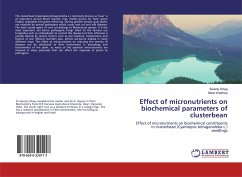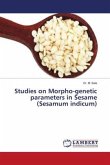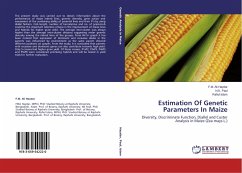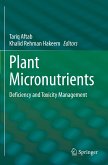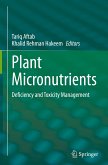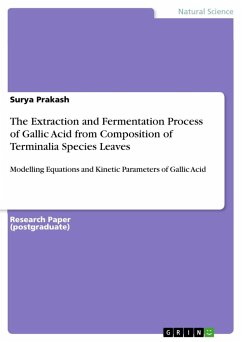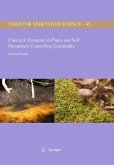The clusterbean (Cyamopsis tetragonoloba L.) commonly known as 'Guar' is an important annual Kharif legume crop, mainly grown for feed, green fodder, vegetable and green manuring. During growth period, guar plants are attacked by several pathogens which cause root rot and wilt diseases. The main causal agent of root rot belongs to Rhizoctonia species. It is the most important soil borne pathogenic fungi. Most of the farmers use fungicides such as carbendazim to control this disease but their efficacies is greatly altered by several factors such as soil moisture, temperature and texture of soil. Mineral nutrition also, affects soil-borne disease in many different ways. The effect of micronutrients on reducing the severity of diseases can be attributed to their involvement in physiology and biochemistry of the plant, as many of the essential micronutrients are involved in many processes that can affect the response of plants to pathogens.
Bitte wählen Sie Ihr Anliegen aus.
Rechnungen
Retourenschein anfordern
Bestellstatus
Storno

